Camera straps are among the first additional accessories photographers consider for their camera, especially if it is a mirrorless camera. They may want to add some extra vintage flavour to the camera’s design with a nice handmade leather strap, or maybe they’re simply after something more robust. Unfortunately, neck straps that come with your camera are usually very simple. Some even have the brand name of the company splattered in bold lettering at least twice along the belt, which isn’t great for those who want to be more discreet.
What’s more, we as photographers tend to use different straps depending on how we want to carry our camera for a specific shoot. For long travels, you may want a comfortable strap, while for quick street sessions a nice wrist strap will do the job. The limit here is that every time you want to switch the type of strap, you have to go through the uncomfortable process of attaching/detaching them from the traditional lugs (without breaking your nails in the process).
This is where Peak Design, an American company known for its Capture Camera Clip plates, goes a step further and presents the concept of straps as an interchangeable system thanks to a functional accessory called the anchor link. But what are anchor links exactly?
Anchor Links … or how to enjoy owning more than one strap
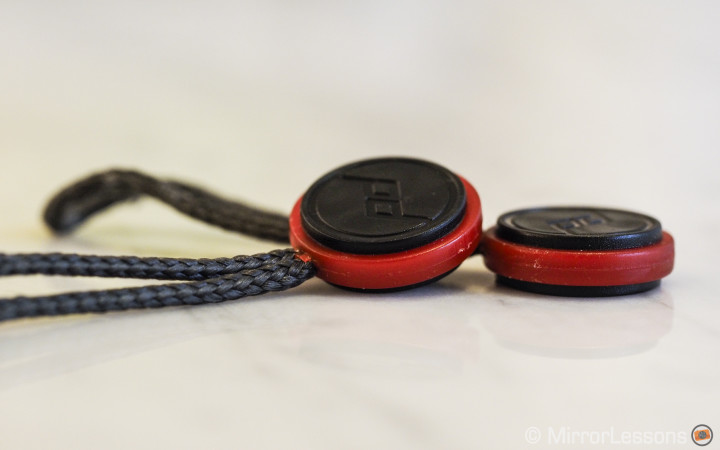
Anchor links are small button-shaped connectors that attach to your camera lugs or a small tripod plate (Arca Swiss tripod plate type) that comes with the kit. When you want to use any kind of strap from the Peak Design line-up, you simply attach these anchors to the plastic clips at the end of the strap, as shown in the video below.
https://instagram.com/p/rr1XCAQeCo/
Practically speaking, the anchor link system is a blessing for those who like to regularly switch between straps.
The presence of these anchors allows you to bypass the tiresome and time-consuming step of weaving your strap through the lug when you want to attach or remove it. I can quickly switch from a thick to a thin strap on my Sony A7s, or change from a hand strap to a robust neck strap on the Panasonic GH4.
https://instagram.com/p/rr1eMQweC3/
Not only, but I can also quickly change the position on the camera where I attach the straps. This means that I can decided to attach both ends to the traditional left/right side of the cameras or to the tripod plate (sold separately or along with the Slide or Clutch kit). With the anchor links, all can be done and dusted in a matter of seconds.
Last but not least, the anchor links are also available to buy separately and are therefore compatible with any strap on the market. This means that if you are fine with the neck and wrist strap you already own but want to be able to quickly switch from one to the other on your camera, the anchor links are the answer.
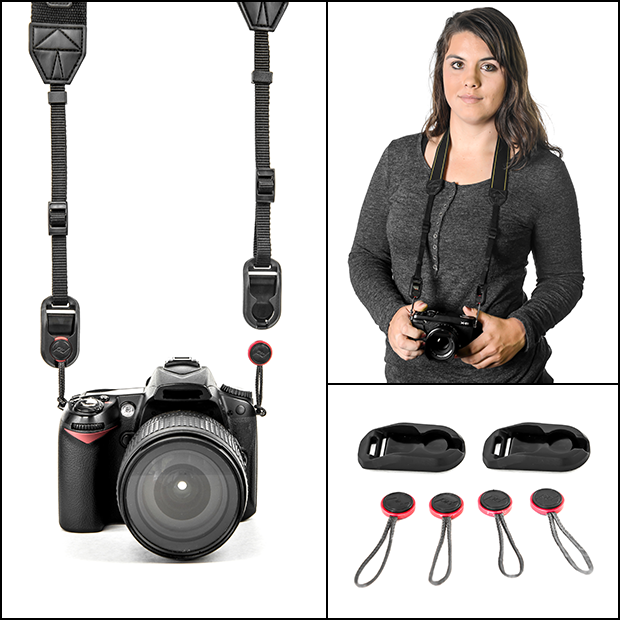
We’ve been using the system for over two weeks now, and the one thought that frequently surfaces in our minds is just how intelligent and versatile these new Peak Design products are.
Along with the anchor links come the newly-designed Peak Design straps that are compatible with the new attachment mechanism. We tried three of them – namely the Slide, Leash and Clutch.
Note: The Slide and Clutch we tested were pre-production models sent to us for review during Peak Design’s Kickstarter campaign. The company is planning to make some final adjustments to these two products before they become available to the public, which means that they will be even better than they already are.
The Slide
All the comfort and functionality a traditional strap can’t give you
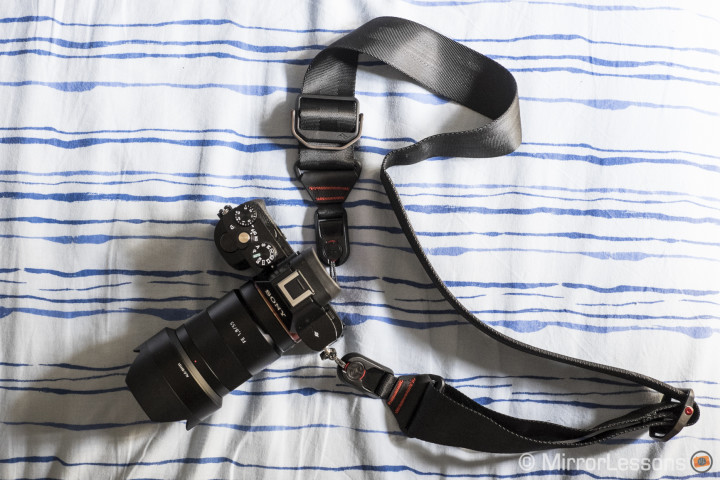
If I had to describe the Slide in one word, it would be comfort. Whether you use it as a sling, shoulder or neck strap, the light padding eliminates all discomfort, even during long days of shooting. For example, I attended a concert the other night where I had to stand for over five hours with the Slide around my neck. It was holding the OM-D E-M1 and the Lumix 35-100mm, and I never experienced any sort of fatigue.
Unlike other straps that have a mobile piece of fabric wrapped around the strap, the padding on the Slide, being embedded into the strap itself, stays firmly in place. There are even linear grips that keep the strap in place if you choose to use it as a shoulder strap.
As explained earlier, you have different options in terms of how you want to use it. For example you can either attach two anchor links to the lugs of your camera and link the strap to the anchors, or attach one end of the strap to the left-hand anchor link on your camera and the other end to the tripod mount at the bottom. The first method works well for compact mirrorless cameras like the E-M5, X-E2 or GX7. The second is ideal for larger cameras such as the GH4 or E-M1 or times where you plan to use long zoom lenses.
If you choose the first option, the rear of the camera (where the LCD is located) will sit flat against your side. With the second, the camera will face downwards, with the lens looking towards the ground. In both cases, the camera will remain firmly planted at your side, and will rarely bounce around unless you start running or jumping.

The strap is made from a very smooth and sheen tubular seatbelt-style webbing. As such, it is very easy to adjust the length of the strap according to your height and body type. Heather is a mere 5’4″ and I am a towering 6’3″, and both of us have found that the Slide fits us well. The size is easily adjustable thanks to a robust and very smooth adjuster.
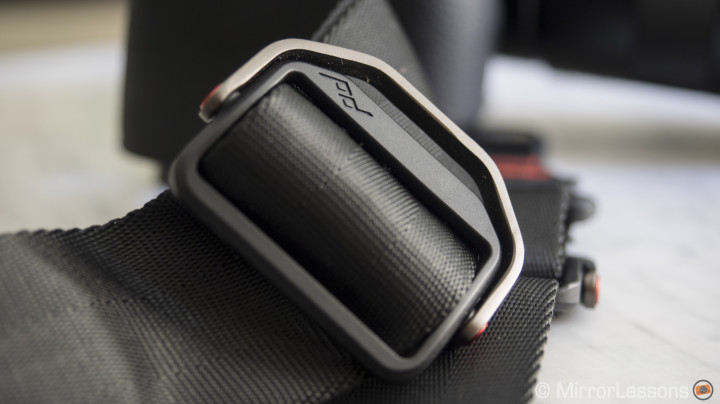
There is one small thing that bothers me about the Slide and that is the amount of plastic used where the anchor links attach. I sometimes find that as I’m walking or picking up the camera, the plastic clips knock into the camera body, making an unpleasant noise. It isn’t very easy to fold up and pack away inside a camera bag when attached to the camera either. (When it isn’t attached, it is quite a lot easier to fold up compactly.) This is a very small gripe, however.
The Clutch
A pleasant twist on the traditional hand strap
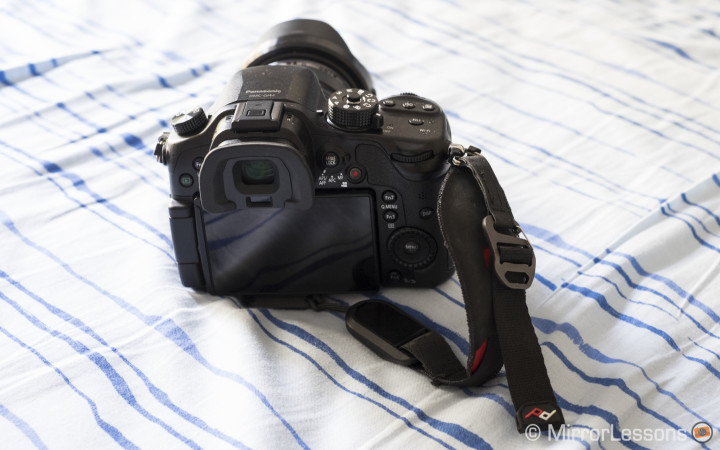
I always used to think that it was perfectly normal for one’s wrist to become tired after a long walk with just a wrist strap. Using the Clutch on the Panasonic Lumix GH4 for two weeks has shown me it doesn’t have to be this way. Though GH4 is by far the heaviest mirrorless camera we own, the Clutch gives you such a good grip on the camera when tightened that your hand and wrist muscles don’t have to do any extra work. I can easily walk around for hours with the combo, and the only fatigue I experience after a day of shooting is due to the fact that my body is unbalanced.
This isn’t to say that traditional wrist straps aren’t any good. (We’ve showered praised on both the leather Figosa and Gordy wrist straps for their aesthetics, comfort and functionality.) However, if I were given the choice, I’d use a leather strap for casual shooting – walks around the city, family outings, and so on – whereas the Clutch would be more suitable for intensive shooting. In fact, it will be my strap of choice for the four day backstage job I have coming up next week.
The Clutch has a simple yet ingenious design. As with all Peak Design products, it attaches to a tripod plate via an anchor link which you can attach or remove with ease. The tripod plate is an Arca Swiss type meaning that it is compatible with lots of tripods on the market.
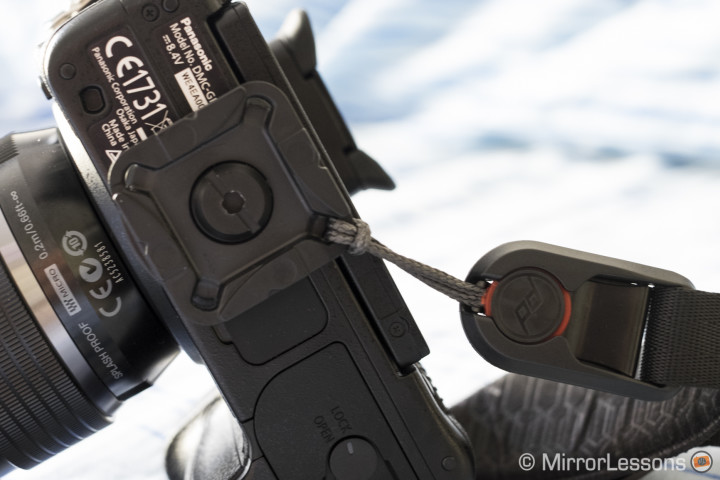
The other end is linked to the right-hand camera lug, not via an anchor link but small strip that loops back onto itself and attaches to the tension clip on the back of the strap. It is by far the most intelligent and hassle-free way of attaching a strap to a lug I’ve come across.
Besides the anchor link, the tension clip is surely the most clever part of the Clutch’s design. By pulling on the strip, the tension clip will flatten itself against the strap, giving you a tight and sturdy grip on the camera. This degree of tightness is good for when you’re walking around with the camera but aren’t using it, as you will experience difficulty adjusting the settings (pressing buttons, turning dials) on the rear.
Should you want to start shooting with the camera, simply loosen the strap by pulling up on the tension clip. It will smoothly slide up and give your hand some more wiggle room to press buttons and turn dials.
I should also mention that this strap is truly one-size-fits-all. Heather has quite petite hands whereas I have large hands, and neither of us had difficulty using and adjusting the strap to the right size.
Everything about the Clutch has been thoughtfully designed with professional photographers in mind. Though it has been designed primarily for DSLRs, it is a good match for the larger mirrorless models such as the GH4, GH3, X-T1, E-M1 or A7/r/s especially if you use the battery grip with these cameras. It could technically work on smaller mirrorless cameras too, but its function would be less clear as small mirrorless cameras are already lightweight and portable, and won’t burden your wrist as much during a long shoot. Peak Design also told us they are considering adjusting the clutch location so that it becomes easier to tighten down all the way smoothly. This is certainly a sign that they want these products to be as perfect as possible.
The Leash and the Cuff
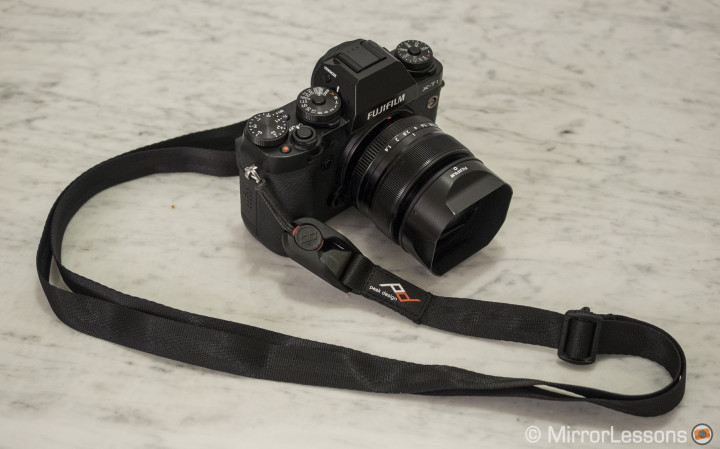
The Leash is a thinner strap that is strong enough to be used with DSLRs. It has also been designed as a safety strap, meaning that it can hold a falling DSLR for example. It is made with the same material as seat belts. The Leash can be configured in many different ways. First, its length is adjustable. You can extended it to double its length and use it as a sling strap, or keep it at its normal length and use it as a normal neck strap.
The Leash also features some unique capabilities. The way it has been designed makes it conducive to use as a safety strap. Simply attach it to your belt or another spot like a backpack and start shooting.
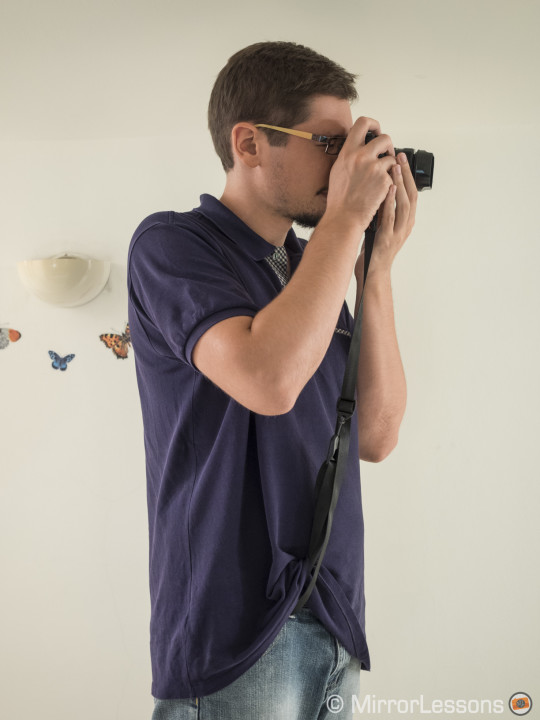
It can also be used in conjunction with one of the Capture Camera Plate systems. The length can easily be adjusted thanks to its plastic adjuster, meaning that there is enough length to work with when you compose your picture.
Peak Design claims that the Leash can also be used as a video stabiliser by attaching it to your belt and keeping it completely taut. It can work as a last minute option if you don’t have anything else on hand, but speaking as a video director, I wouldn’t count on it for more serious shooting. But it is a nice plus to have.
The Leash is a very good strap that folds up easily and takes up very little space in your camera bag. It can also easily be slipped into your pocket when not in use.
The Cuff is the only product we haven’t tried yet. We are mentioning it anyway as it looks simple yet very functional just like all the other Peak Design products. It is compatible with the anchor system and can also be kept around your wrist when not using it. This is just another example that shows how cleverly these products have been designed.
Conclusion
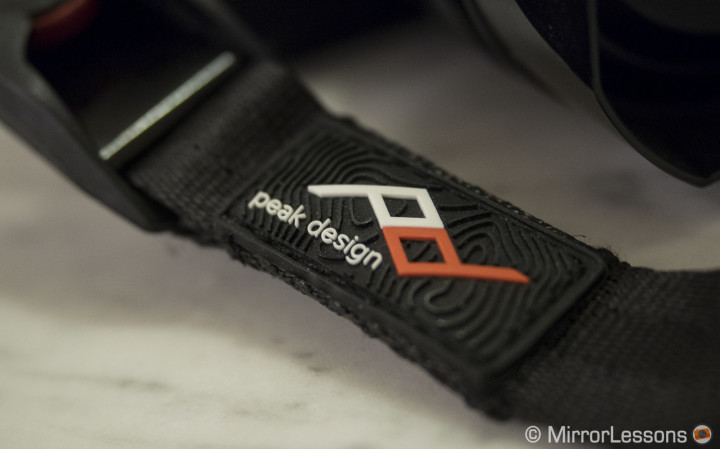
Heather and I have the chance to test many straps for our mirrorless cameras and we have to say that these straps are some of the most ingenious and comfortable we’ve ever used, and this is what matters the most in an accessory of this kind. Above all, the ability to quickly change straps is the main reason to get a kit like this in the first place. And since the anchor links are compatible with basically any strap out there, there isn’t any reason to not invest in these products if you like to use more than one strap with your camera.
During the first weeks of use we haven’t noticed any serious defects. We noticed that the tripod plate screw tends to loosen a little bit but Peak Design is already aware of the issue and will fix it for the official release. I could also add that to tighten the screw you need to use the provided hex key. I would have preferred a simpler mechanism that doesn’t require the use of any key and can be done by hand directly like some tripod plates.
The only test left to do is of course an endurance test over a long period of time. Given the long walks Heather and I will do in Scotland and Wales in August, we will have plenty of time to see how strong these exciting new products are. In the meantime, hats off Peak Design!
Do you want to support Peak Design in the production of these two amazing products? If so, you have until August 16th 2014 to donate to and share their Kickstarter campaign. It has already been a huge success but the more publicity it gets, the more likely photographers are to take notice! Be sure to check it out!









